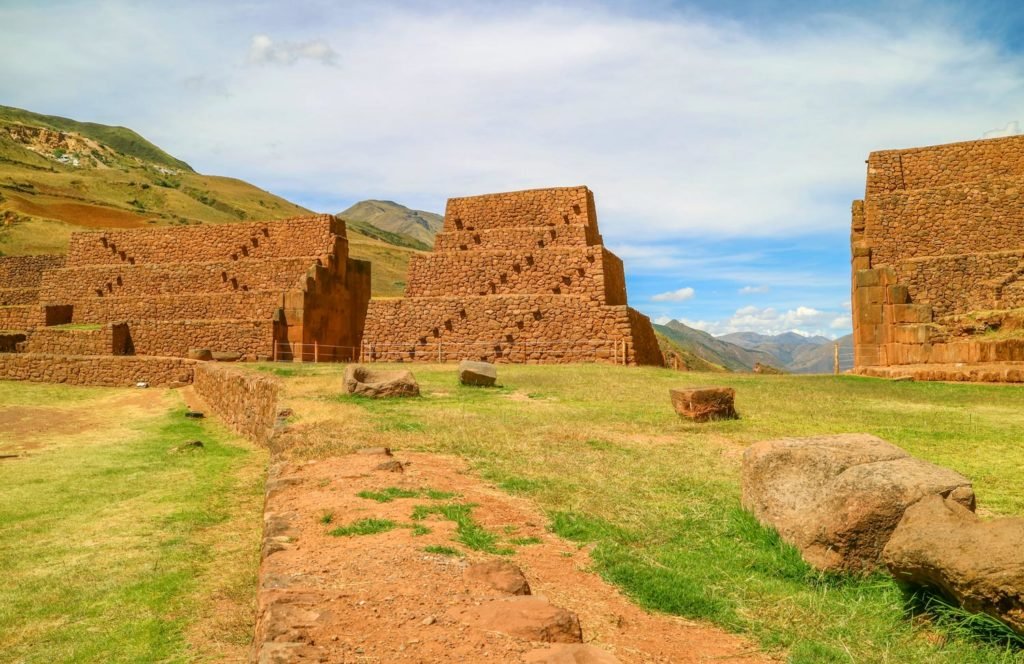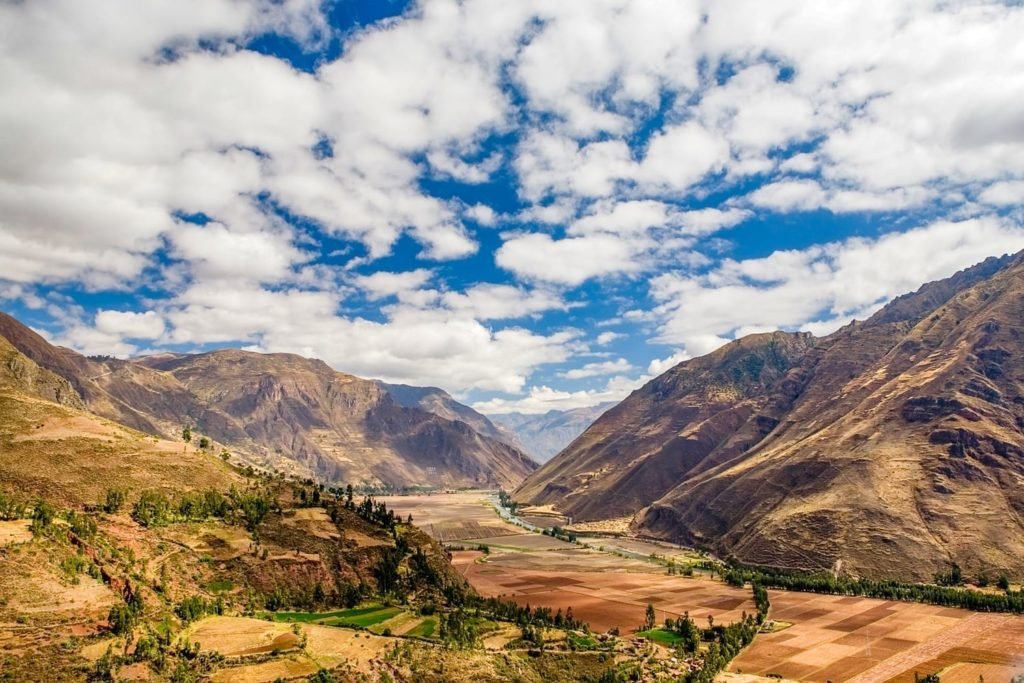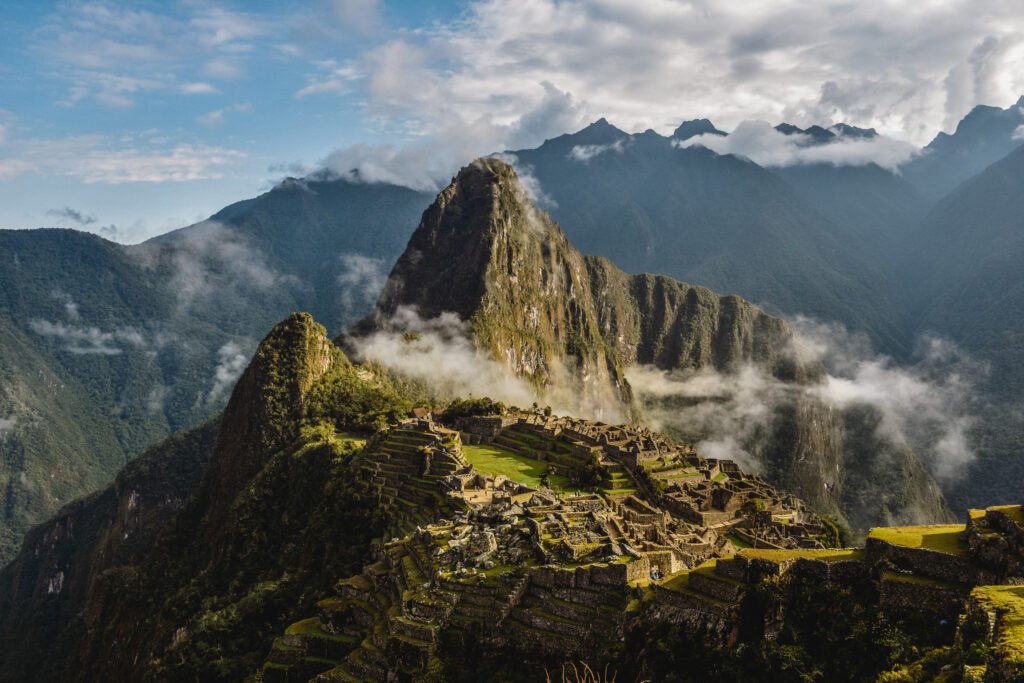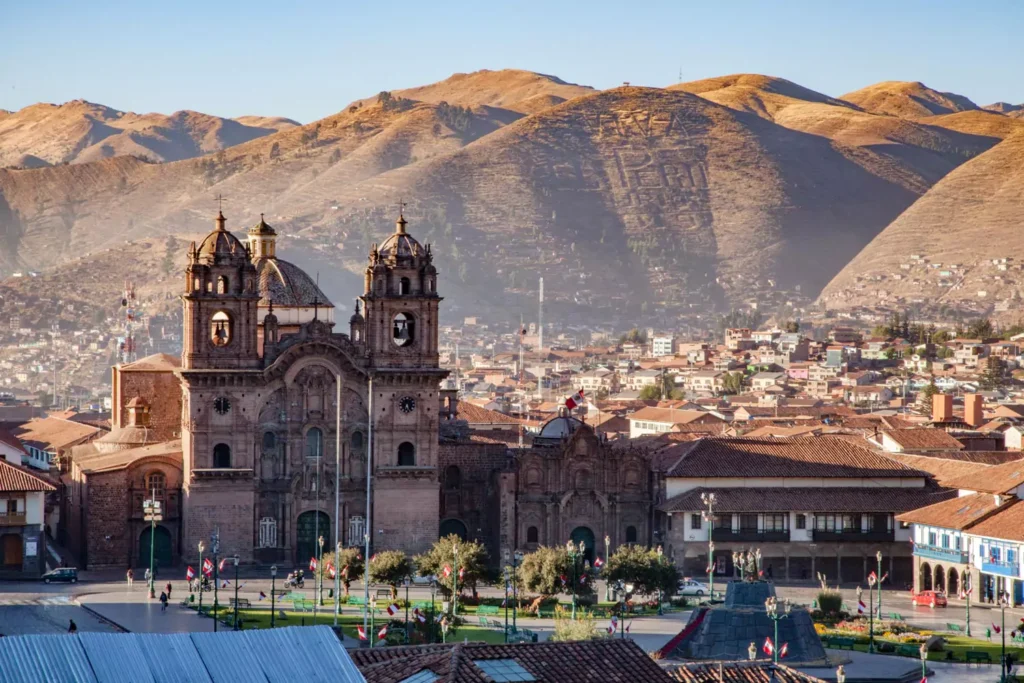Page Menu
The Inca Trail
The Inca road system, or Capac Nan, was the most extensive road system in ancient South America. In times past, dozens of routes connected the limits of the Inca Empire. Today, the most famous section extends from the Sacred Valley to Machu Picchu. That route is strictly controlled, and advance purchase tickets are required.
LANDED has been arranging privately guided Inca Trail hikes and treks since 2006. The classic route is a four-day, three-night camping trek, accompanied by local guides and supported by porters. Although the trek is challenging, it’s non-technical and can be accomplished by young hikers.
Inca Trail Reservations
Prime hiking season is March to October, while November through January is wet and cloudy. The trail closes each February for maintenance. Reservations should be made months in advance, as authorities limit trail use. Abbreviated treks—two days / one night, or day hikes—and February treks on other portions of the trail can also be arranged. Longer treks pass the peaks and glaciers near Nevado Salcantay, before arriving in Machu Picchu.
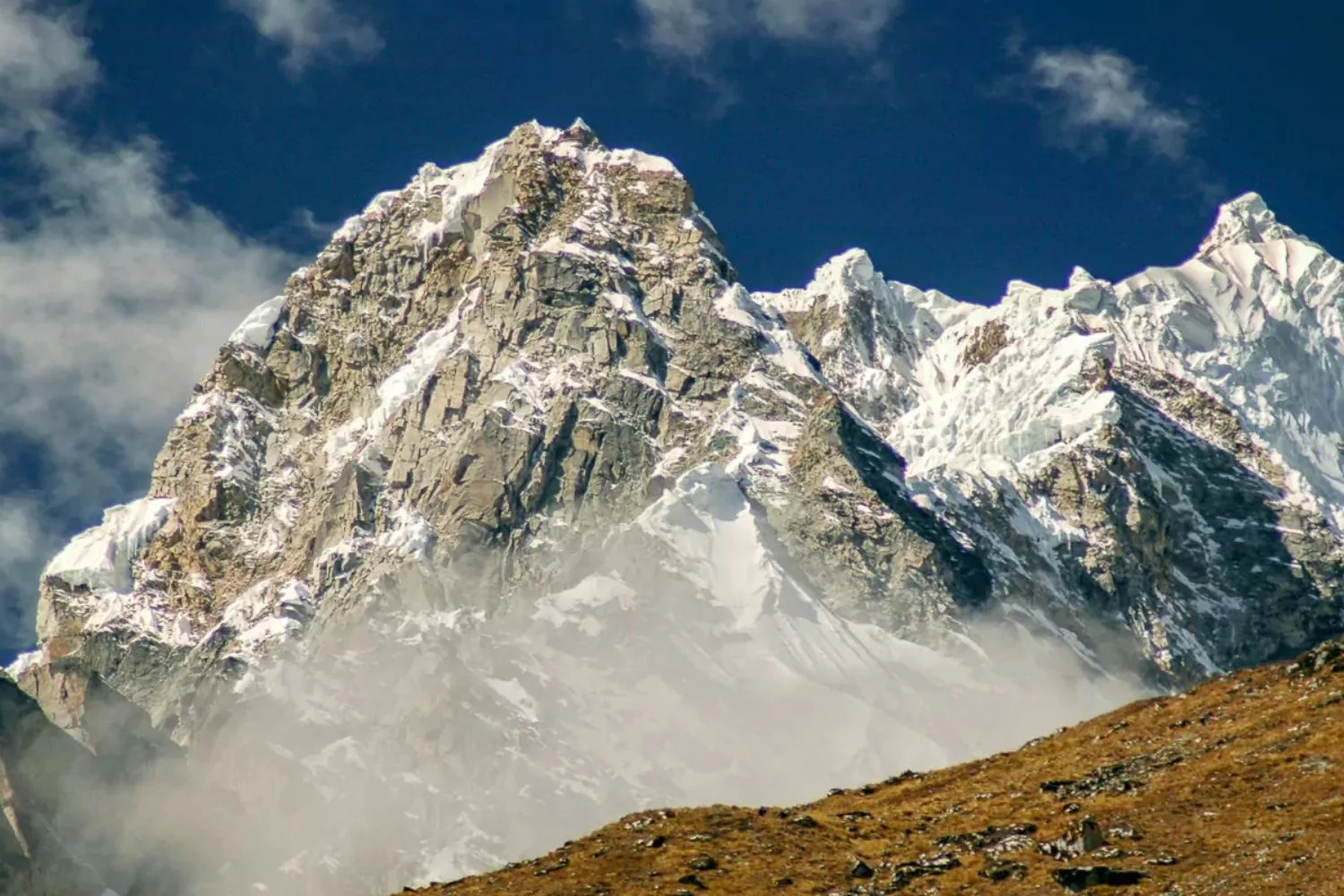
How to Experience The Inca Trail
Hiking the Inca Trail is no hardship—our custom packages can include goose-down comforters, hot water bottles, portable showers, and champagne toasts.
Although the locations of campsites and distances traveled vary seasonally, a representative schedule for the four-day / three-night Inca Trail hike would be:
Day 1
Morning transfer to the KM 82 checkpoint where the iconic Inca Trail Hike will start. Much of today’s hike follows the Urubamba River over fairly even terrain until the Inca Site of Llactapata. Continue hiking along the Cusichaca River to the Village of Wayllabamba, where you’ll spend the night.
Day 2
The trail climbs into the mountains, through the dense cloud forest to Llulluchapampa, past the uninhabited Inca town of Huayllabamba. Rise through polylepsis woodland up to Warmiwañusca (Dead Woman’s Pass), the highest point of the trail with 13,828 feet. Continue down to the second campsite at Pacaymayo Alto.
Day 3
On the third day, wake up to a breathtaking view of the Andes, the Urubamba Valley, and waterfalls near the campsite. Past breakfast, start hiking to Runkuraqay Pass at 12,975 feet, the second-highest pass of the Inca Trail. Along the way, you’ll be able to see the circular ruins of Runkuraqay, a small lake, and fantastic views of the mountains. At the top of the second pass, the view widens to the snowcapped Pumasillo range. Down the trail, explore the ruins of Sayamarca before passing through the Inca Tunnel. Make camp on a third pass, overlooking the complex of Phuyupatamarca—the “Cloud-level Town.” From here you can see Machu Picchu Mountain from a distance and enjoy the views of the highest snow-capped peaks, such as the Salkantay Mountain, Pumasillo, and Veronica.
Day 4
This day, start your day early with the sunset over the Andes Mountains before starting a long, knee-testing descent down Inca stairs to the site of Winay Wayna—or “Forever Young.” Along the way, enjoy beautiful views of the valleys surrounding Machu Picchu and explore the ruins of Phuyupatamarca, Intipata, and Wiñaywayna. Follow the last stretch of trail across a steep mountainside. Finally, pass through the Intipunku—or “Sun Gate”—to reach the city of Machu Picchu.
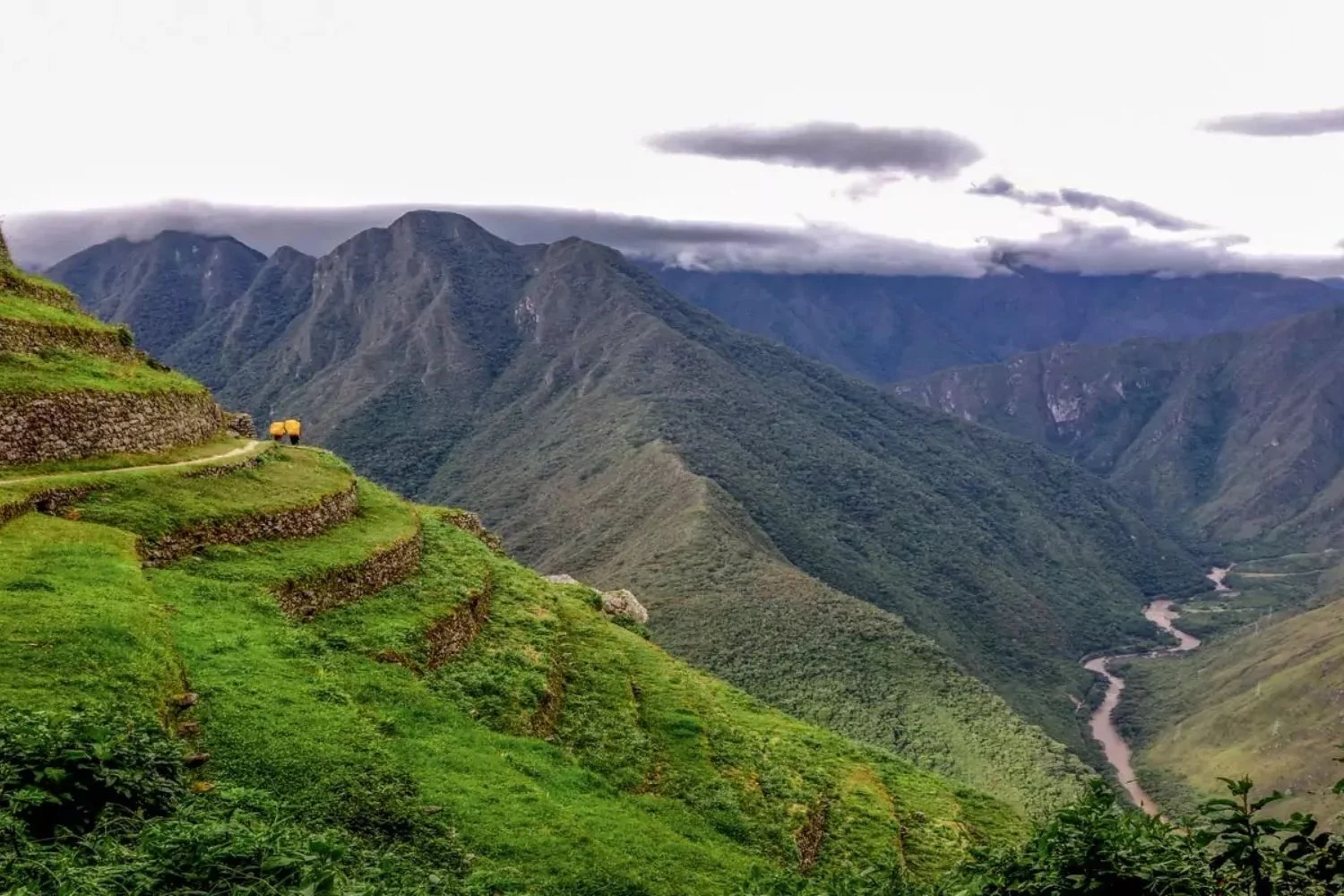
What is the Weather Like?
The climate in Peru’s Sacred Valley, including Machu Picchu and Cusco, varies significantly between seasons. The wet season begins in late October and extends into April. In an average year, rain falls on 8 out of 10 days. During the drier months of May to September, the average monthly rainfall is under 2 inches. June, July, and August tend to be the sunniest months. Average humidity is around 65% to 80% year-round. Still, these are rarely torrential downpours. Even during the wettest month, January, rainfall averages only 6.1 inches for the month—about one-fifth of an inch per day.
Temperatures, however, don’t vary much throughout the year. Average highs are near 70°F in the early afternoon, although highs can reach 80°F. Overnight lows average 40°F in the wet season and mid-30°F from May to August.
No matter when you visit, the weather in this area can surprise you. Mist and rain can be present at any time of the year. These averages are changing, please check extended weather forecasts using your favorite weather app prior to departure.
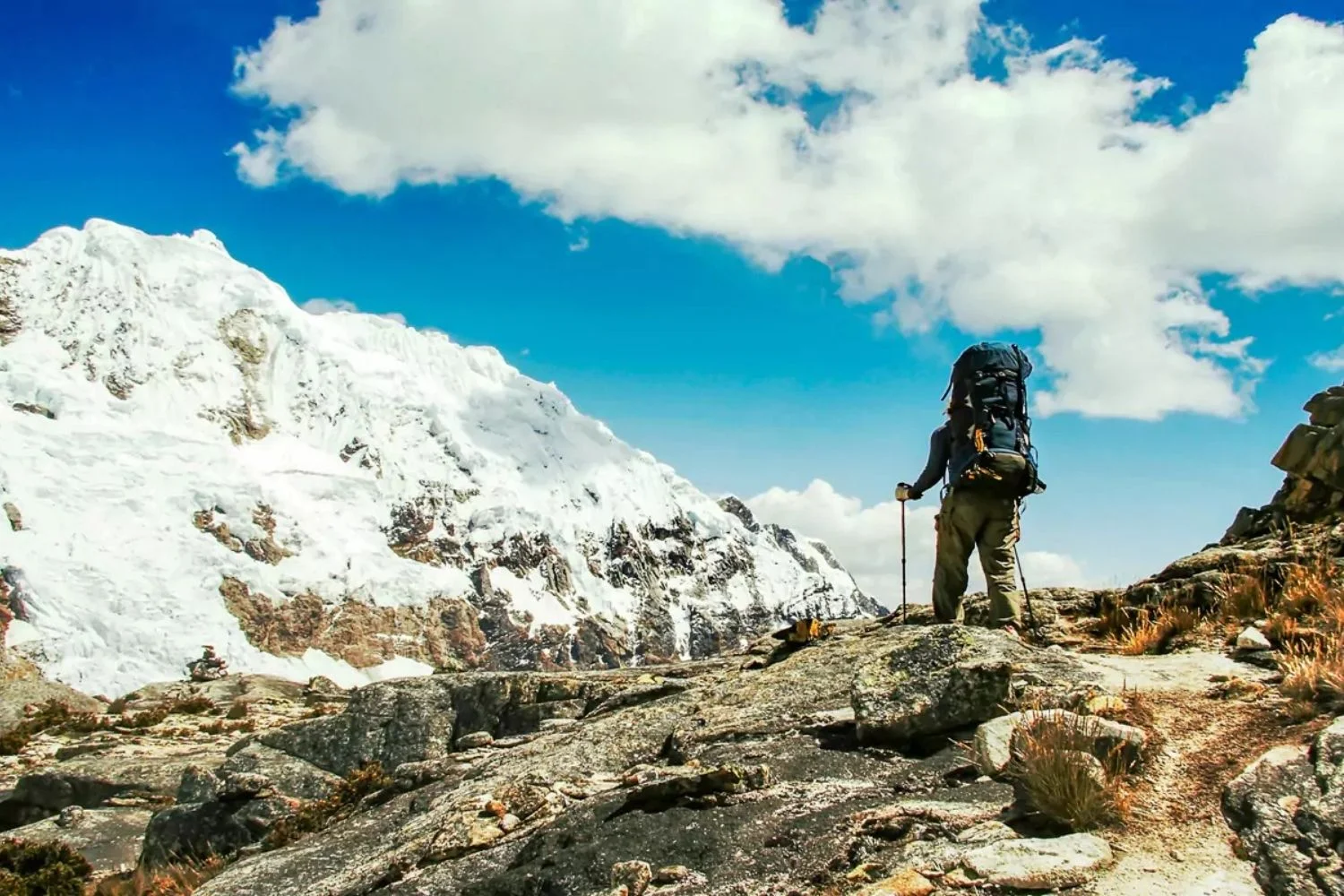
Getting There
Typically we recommend a transfer from the Sacred Valley to Chillca, which is just under an hour’s drive. From Chillca guests begin their trek along the Urubamba River.
Start your journey today
LANDED delivers the finest in custom, private travel to Central America, South America, and Antarctica. These regions are our passion; we know them first-hand and by heart. Speak with one of our travel designers and let us create a tailored itinerary for you along the Inca Trail.
How to combine The Inca Trail
Have some extra time? Here are some options for you to combine with.

